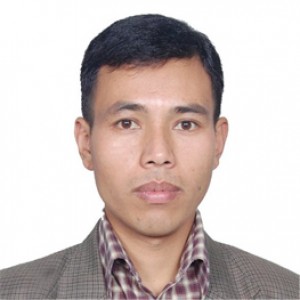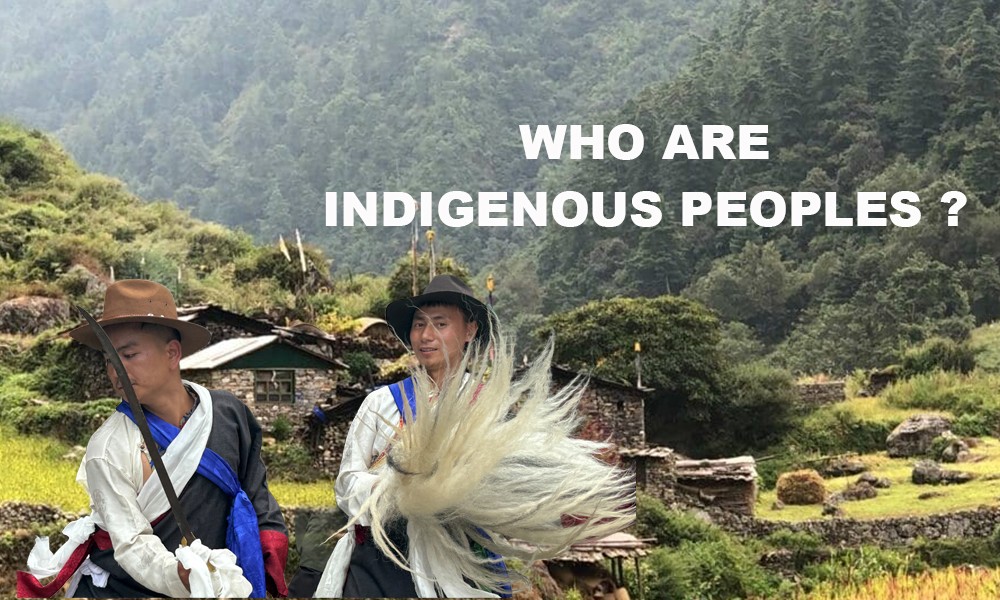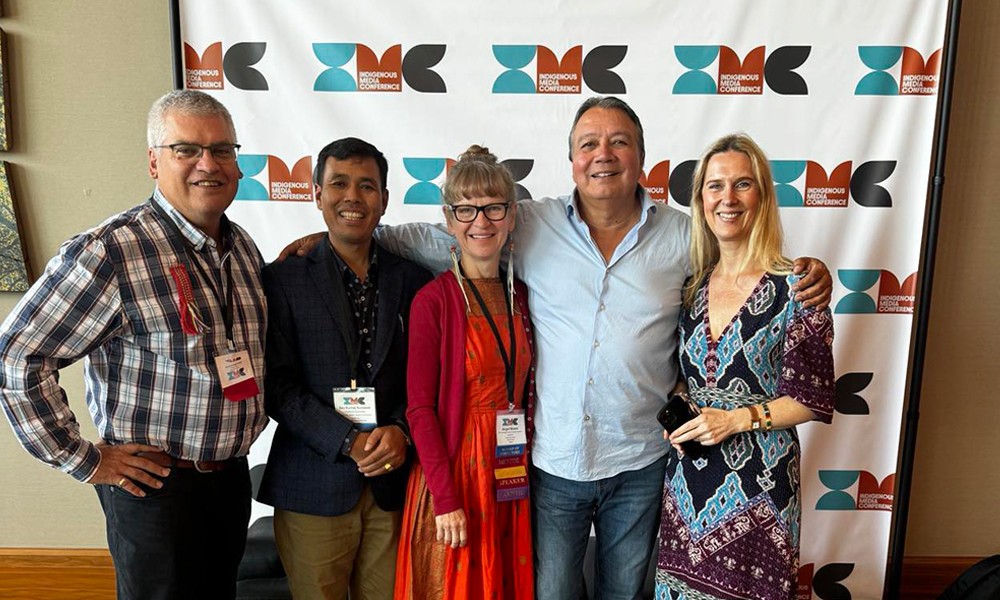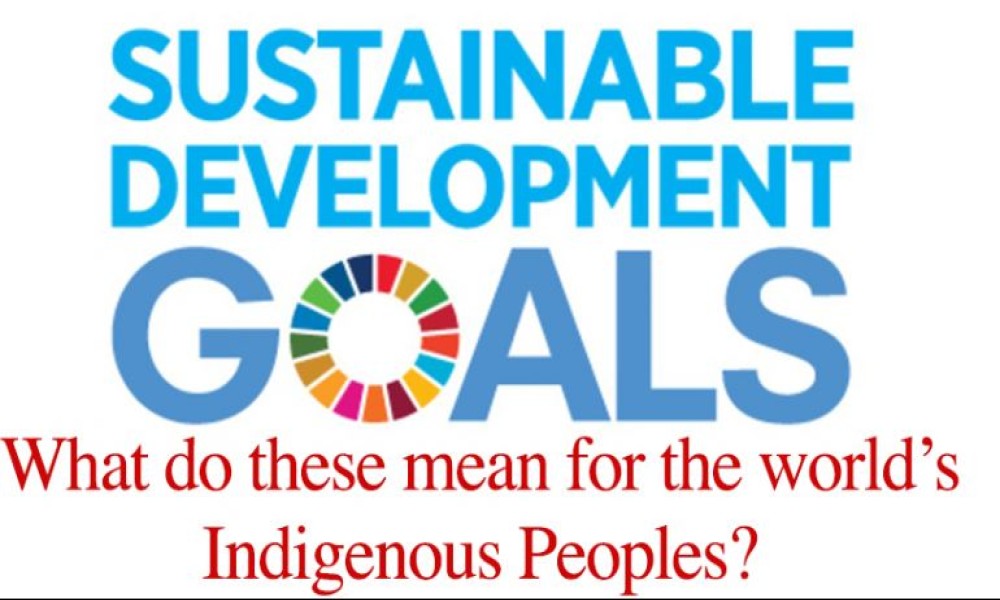With some 370 million indigenous people across the world, there are 67 million indigenous youth globally. This means that indigenous young people (aged 15 to 24) account for approximately 18 per cent of the world's population. But although they constitute such a sizeable portion of the global public, indigenous youth are one of the most vulnerable groups both at the international and national level. In Nepal, for example, they are facing a host of challenges such as exclusion from democratic participation, racial discrimination, poverty, unemployment and poor representation in decision making bodies.
Despite their marginalization from opportunities in political leadership, they have a great role to play primarily in the preservation of distinct cultural and religious practices and traditions. On one hand, indigenous young people seek to protect their indigenous identity, but on the other; they are exposed to modern, westernized structures which have caused them confusion. They have been struggling to strike a balance between their indigenous heritage and mainstream culture, but without guidance and inclusion in political decision making, they risk a loss of identity and Nepal faces a loss of cultural diversity. Their voice must be listened to, their needs must be identified and the State must act accordingly.
Indigenous young people have the huge role to preserve and protect their indigenous identity, on the other; they are exposed with modernized/westernized structures, which have often created confusion. In this position, they have been facing difficulties to reach a balance between the indigenous heritages and so called mainstream culture, such confusion and difficulties it is ultimate that it leads in the loss of identity and cultural diversity. It is therefore why they are in need of guidance and involvement in the decision making process and any other forms discussions. Their voice must be listened to, equally identify their needs and act accordingly.
The youth participation ranges from equal participation (proportionate to their population) in the decision making bodies, access to accurate and updated information, the motivation for the participation, their recognition and proper acceptance of their opinions.
The grave situation of Indigenous youth
United Nations Permanent Forum on Indigenous Issues (UNPFII), a central advisory body created exclusively for dealing the matters relating to the concerns and rights of world’s over 370 million indigenous peoples, on its briefing note prepared for discussion among the experts on 20th Many 2013 says that in many countries, indigenous youth have low school enrolment, high drop-out rates and lag behind other groups in terms of academic achievement. High illiteracy rates are a direct result of educational exclusion in the form of poor access, low funding, and culturally and linguistically inadequate education.
It further says that Indigenous youth tend to experience higher unemployment rates and lower incomes compared to non-indigenous youth workers, due to a range of factors such as geographic disadvantages, lower education and training levels, discrimination, and difficulties in accessing labor markets. In addition, the life in urban areas, away from the community, makes indigenous youth vulnerable to losing their cultural identity, while the young indigenous women often suffer from double-discrimination, because of their indigenous identity and their gender.
Further depicting the grave situation of indigenous youth, it says that the geographic and cultural isolation limit many indigenous youth’s access to health and preventive services, including those concerned with HIV/AIDS and reproductive health. Where data is available, it has been demonstrated that indigenous youth suicide rates are significantly higher than those of their non-indigenous peers.
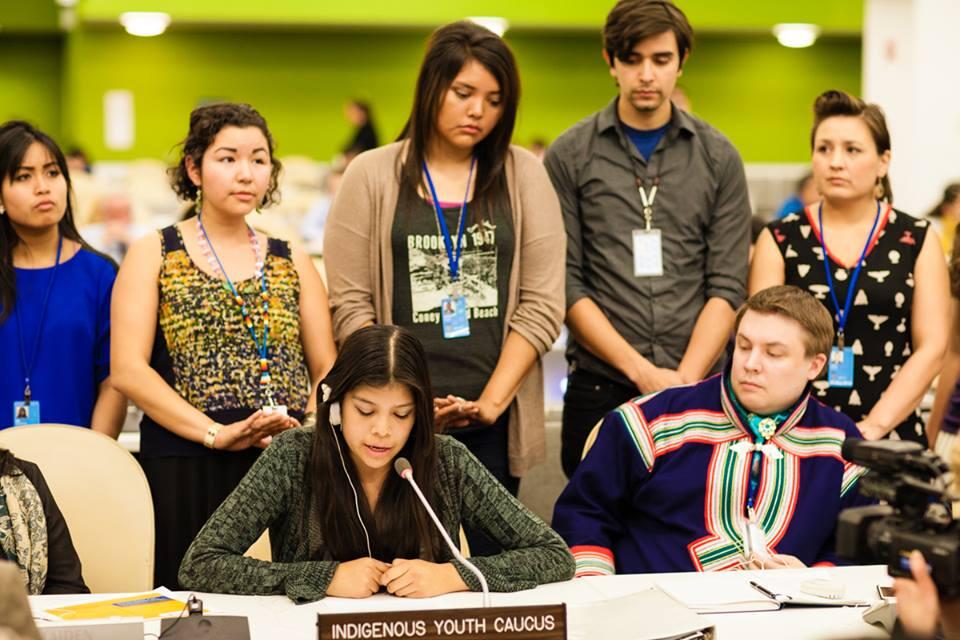
Indigenous youth movement to have a say in the international level
As they saw that their seniors making intervention forming regional Caucus, a group of indigenous youth from different countries, who had an opportunity to attend the fifth session of UNPFII in UN headquarters, New York in the year 2006, for the first time made their attempt to get together, develop the statements concerning world’s indigenous youth and make intervention at its main session. The attempt of raising the issues and concerns of world’s indigenous youth continued in the following years as well.
Just like other regional indigenous Caucus, UNPFII recognized Indigenous Youth Caucus in the year 2008 as a working Caucus and allotted the time for making formal intervention. Since then, the indigenous youth from different part of the world including indigenous youth from Nepal started their continuous involvement in the regional and international forums.
With the increasing support and need of an international network, especially after 2010, the very same team of Indigenous Youth uniting under Indigenous Youth Caucus is making effort to create a kind of an international indigenous youth alliance under ‘Global Indigenous Youth Alliance (GIYA)’ the discussion is still undergoing and many things yet to be done.
Indigenous youth movement and Nepal
Indigenous youth indeed played significant role in each and every movement undertaken in Nepal either that be for identity or recognition. They partnered with Nepal Federation of Indigenous Nationalities (NEFIN), National Indigenous Women’s Federation (NIWF) and their respective national representative organizations for lobby advocacy, awareness raising, demonstrations and protest against any steps taken by government or non-governmental organization opposing them and their societies. However, their voices have hardly been heard and so have their issues been addressed. Thus, in Nepal, the indigenous youth merely have been ‘mobilized’ and have hardly been ‘beneficiaries’ of any changes, as output of their involvements.
But the sign of hope in Nepal is that lately indigenous youth have started being organized according to their respective ethnic/caste groups through student wings—under an umbrella organization of students’ wings from indigenous communities—Nepal Federation of Indigenous Nationalities Students (NESFIN) approximately 3-dozens of students wings from different indigenous communities are represented such as Sunuwar Student Society, Nepal Tamang Student Ghedung, Nepal Magar Students’ Association, Thakali Student society, Sherpa Students’ Association, Newar Students’ Association and so on. Additionally, there are as many as 42 different indigenous youth organizations formed under different ethnic/caste groups are also affiliated with Youth Federation of Indigenous Nationalities, Nepal, the sister organization of youth wings under NEFIN. But then there is still in need of reorganizing of Nepali indigenous youth movement in the regional and global indigenous youth movement.
The way forward
The young people are recognized as not just the future leaders but also equal actors of society today, with direct stakes in the development process. They and they-led organization equally have been and can be a part of solution to the problems and invaluable resources for the development in the world; while in case of indigenous young people, they are the protector diverse identity of the country. There must be devised series of programs and create possible opportunities in order to harness their potential and foster their engagement so that they are capable to shoulder the global responsibilities.
Who are Youth
The definition of term ‘Youth’ in itself is debatable issues. Some define youth favoring biological markers according to which, ‘Youth is a period between puberty and parenthood, while others define youth in terms of cultural markers—a distinct social status with specific roles, rituals and relationship. This is an instance the definition of youth varies among different institutions and country. The United Nations (UN) has defined youth as a person from 15 to 24 years of age, whereas the National Youth Policy of Nepal 2010 defines youth as persons from 16 to 40 years of age. They account over 38 percent (over one-third) of the total population in Nepal, while an estimation puts that indigenous youth represent nearly 40 percent of the total population of youth in Nepal.


